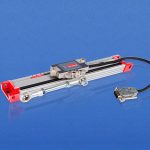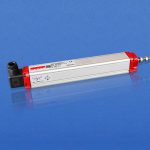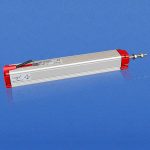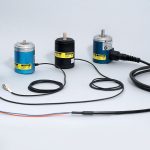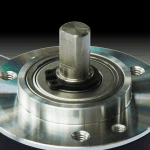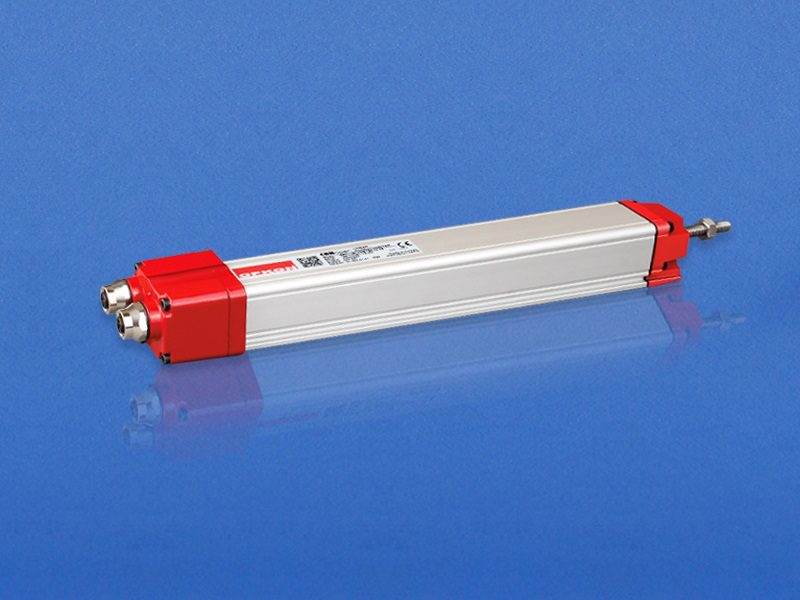
Opkon
DRTL – CANopen
Part no.: DRTL – CANopen
Key Features
• 30 - 1000 mm measurement stroke
• 15 bit resolution
• CANopen, ProfiBUS protocols
•
Ideall for industrial automation and OEM’s alike, Opkon’s DRTL combines the value and reliability of the RTL potentiometer with a variety of common industrial communication protocols.
"*" indicates required fields
